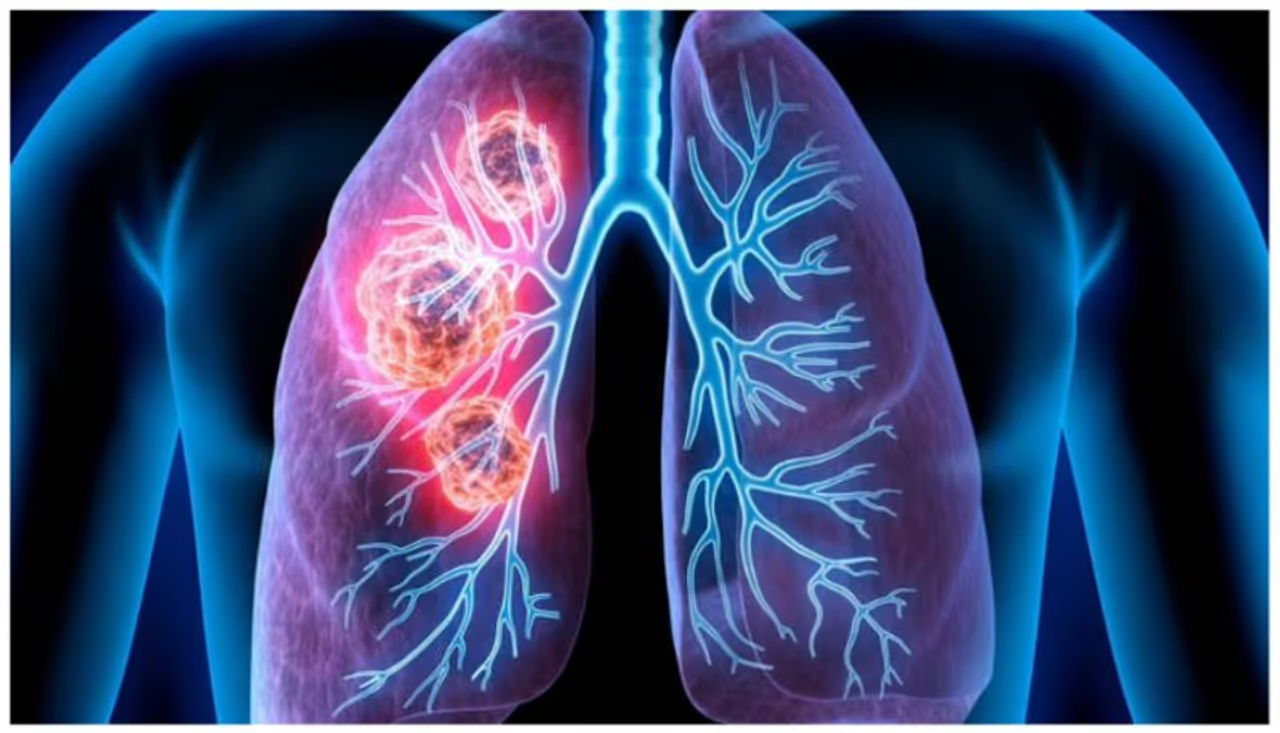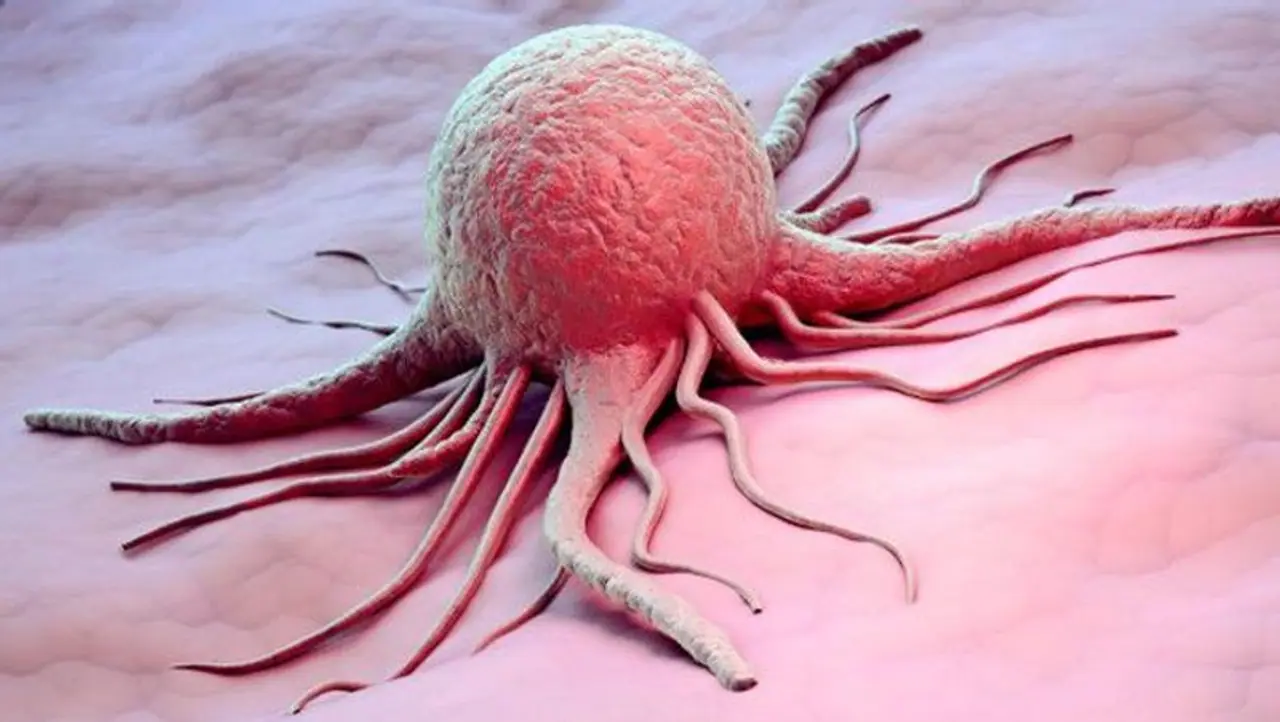On World Lung Cancer Day, which is today, August 01, we will discuss several lesser-known factors that contribute significantly to this disease's development.

Lung cancer, a formidable disease affecting millions worldwide, is primarily associated with smoking. However, beyond this well-known risk, several lesser-known factors can contribute to its development. In this enlightening article, we'll explore eight surprising risk factors for lung cancer that often go unnoticed and uncover strategies to protect ourselves from this stealthy enemy.
- The Silent Intruder: Radon Exposure - Beware of the silent intruder! Radon, an odourless and invisible radioactive gas, finds its way into homes and buildings from the ground. Shockingly, radon exposure accounts for approximately 21,000 lung cancer deaths in the United States annually. Regular testing for radon levels and proper ventilation are essential to keep this hidden danger at bay.
- Secondhand Smoke: An Unwanted Guest - Smoking isn't the only road to lung cancer; secondhand smoke can be just as perilous. Non-smokers exposed to secondhand smoke face a 20-30% increased risk of developing lung cancer. Protect yourself and others by creating smoke-free environments in homes, workplaces, and public spaces, and advocating for stricter smoking regulations.
Also Read: 5 outdoor activities you MUST try for a healthy lifestyle

- Occupational Hazards: Danger Lurking at Work - Your job might be putting you at risk! Certain industries expose workers to asbestos, arsenic, and diesel exhaust carcinogens, significantly elevating lung cancer risk. Surprisingly, approximately 15% of lung cancer cases in the workplace are linked to these hazardous substances. Employers must prioritize employee safety by enforcing safety guidelines and providing protective gear.
- Battling the Airborne Nemesis: Air Pollution - Even the air we breathe can conspire against us. Air pollution, excellent particulate matter, plays a substantial role in lung cancer development. Shockingly, inhaling polluted air increases the risk by 8-20%. Support clean air initiatives and opt for sustainable transportation methods like electric vehicles to combat this airborne nemesis.
Also Read: Eye make up: Step-by-step guide to mastering the Halo Eye look

- Genetic Roulette: A Family Connection - Genetics may play a crucial role in lung cancer susceptibility. Certain gene mutations can increase the risk, especially for individuals with a family history of the disease. Genetic screening can offer valuable insights, allowing high-risk individuals to take proactive measures and enhance early detection efforts.
- Hormones: A Double-Edged Sword - Beware of the hormonal double-edged sword! Postmenopausal women undergoing hormone replacement therapy (HRT) face an increased lung cancer risk. Consult with healthcare providers to weigh the benefits and risks of HRT and explore alternative therapies if necessary.
- Savory vs. Stealthy: Dietary Influence - Your diet could be impacting your lung health. Consuming a diet high in red and processed meats, saturated fats, and low in fruits and vegetables may contribute to lung cancer development. Opt for a stealthier approach - adopt a balanced diet rich in wholesome fruits, vegetables, whole grains, and lean proteins to protect your lungs and overall health.
- Inflammation: Fanning the Flames - Chronic lung inflammation, often associated with conditions like chronic obstructive pulmonary disease (COPD) or recurrent respiratory infections, can increase the risk of lung cancer. Fight back against inflammation with regular exercise, smoking cessation, and proactive treatment of respiratory infections.
While smoking remains the most well-known risk factor for lung cancer, several lesser-known factors contribute significantly to this disease's development. By understanding and addressing these risks, we can protect ourselves and our loved ones from the stealthy grasp of lung cancer.
Radon test, create smoke-free environments, mitigate occupational hazards, support clean air initiatives, explore genetic predispositions, make informed decisions about hormone replacement therapy, adopt a balanced diet, and prioritize lung health to strengthen our defense against lung cancer. With increased awareness and proactive measures, let's unite to reduce the burden of lung cancer and strive for a healthier, cancer-free future.
- Dr. Deepak Koppaka, Consultant - Medical Oncology, CARE Hospitals, HITEC City, Hyderabad
